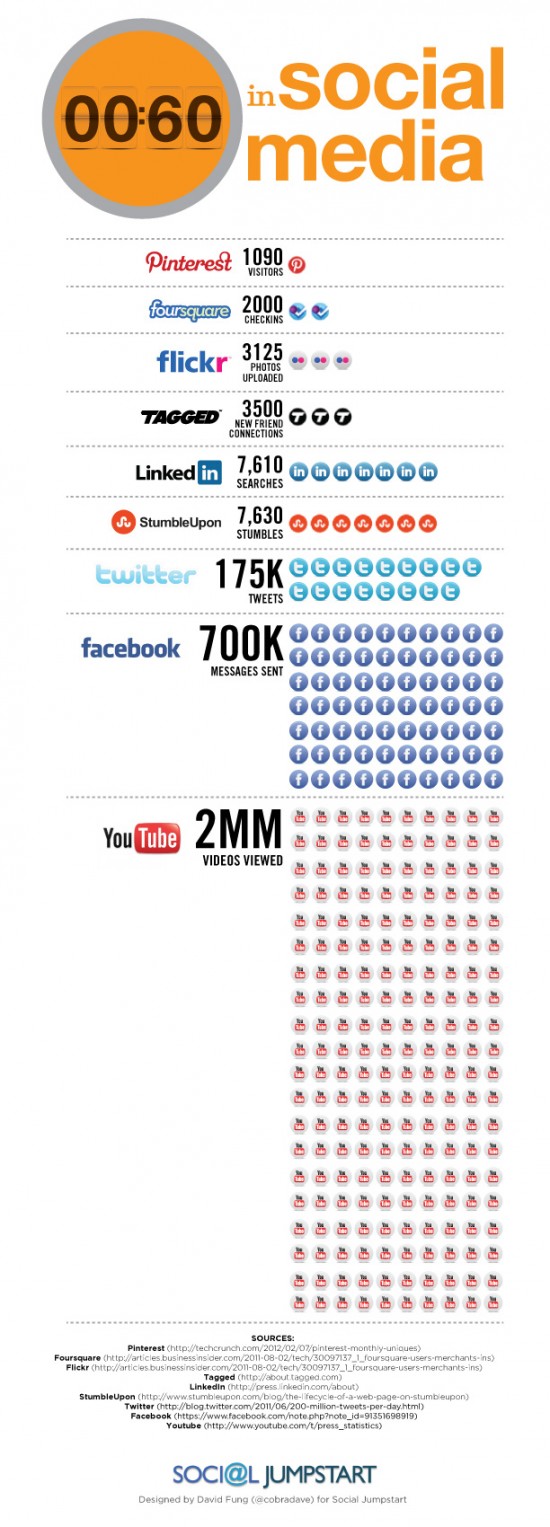The Price of Bad Financial Decisions for Small Businesses
By: jayhawk
Start-up companies and small businesses have always had a relatively large percentage of failures, which is the ultimate price of making poor financial decisions.
Fortunately, many of these business failures can be avoided if those managing the enterprise can keep from making some common financial mistakes.
Why Small Business Owners Often Make Bad Financial Decisions
Many people go into business for themselves having ample skills at making a business work on a day to day basis. This is often one of the chief motivations for becoming self employed by opening up a small business in the first place.
Nevertheless, too much effort is often put into the daily operation of the business, while not enough attention is paid to bookkeeping and accounting practices, which are essential to running a small business efficiently and profitably.
Read more @ … http://www.businessdictionary.com/article/591/the-price-of-bad-financial-decisions-for-small-businesses/


